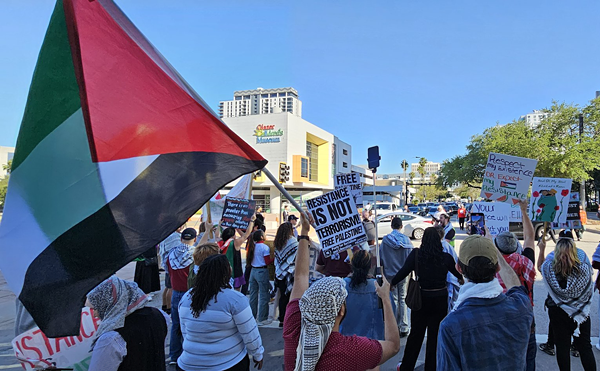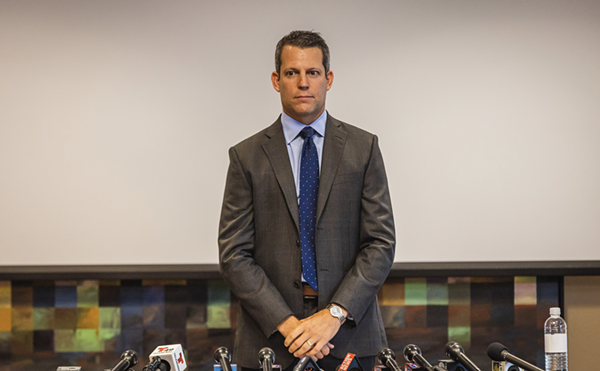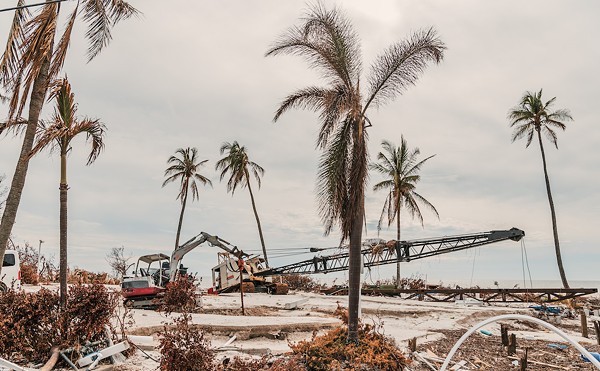It was 21 months ago when one of the biggest conservation deals in U.S. history was announced; The state of Florida would buy U.S. Sugar's holdings in the Everglades south of Lake Okeechobee, including its cane fields, mill and railroad line. U.S. Sugar would be allowed to farm the 187,000 acres for six more years, after which it would go out of business. Cost to Floridians? $1.75 billion.
Those plans have been revised since then, with the state reducing its purchase of U.S. Sugar's land to 72,800 acres for $536 million. But according to a blockbuster story written today in the New York Times by investigative reporters Don Van Natta Jr. and Damien Cave, the state and Governor Charlie Crist were suckered into an awful deal that is "rescuing the fortunes of U.S. Sugar", but setting back the plan of fully restoring the Everglades.
The story, coming in at over 4.200 words, is critical of Crist, and the state's Department of Environmental Protection, for paying way more than they should have for the land.
But internal district documents revealed that the land had been overvalued by the two firms that performed the independent appraisals. Both relied on figures from 2004 to 2008, when a speculative real estate market had prices soaring.
If the current prices had been used, the state would be paying far less. For example, while the water district agreed to pay United States Sugar nearly $7,000 an acre for citrus land, it is now selling for $4,000 an acre, independent appraisers said recently in interviews.
The two outside appraisal firms used by the district — Anderson & Carr, of West Palm Beach, Fla., and Sewell, Valentich, Tillis & Associates, of Sarasota — came up with almost identical figures of around $1.3 billion, a rarity that raised some eyebrows.
“When I had heard that number, I couldn’t swallow it — it was an unbelievable number,” said Woody Hanson, a land appraiser in Fort Myers with extensive experience in the Everglades. “Then I looked closely at the appraisals to test them for reasonableness and, wow, there is just no way it makes sense for the taxpayers.”
Neither appraisal firm used by the district would comment.
Eric Buermann, chairman of the district’s advisory board, defended the appraisals but acknowledged that they had used outdated values. “At the time we had to make the decision,” he said, “those were the latest, best numbers available.”
Yet when the appraisals were updated in 2009, they still relied on sale prices from 2004 to 2006, documents showed. District officials said the appraisers assured them that prices had held steady.
















